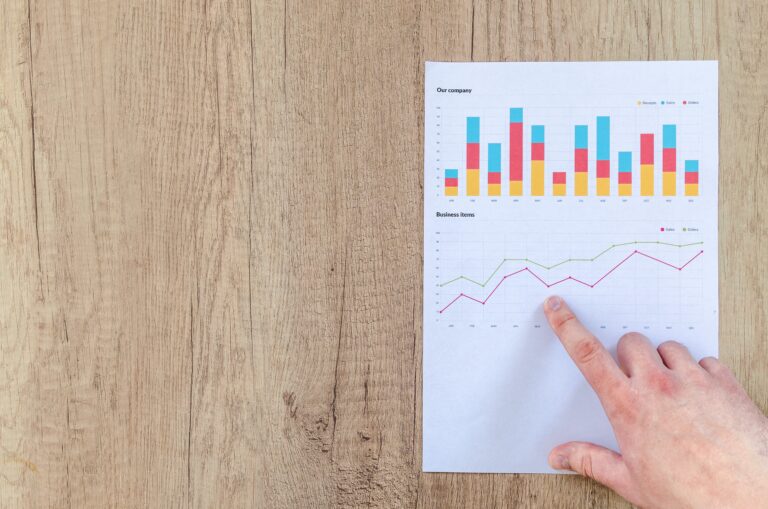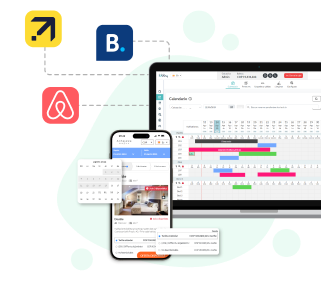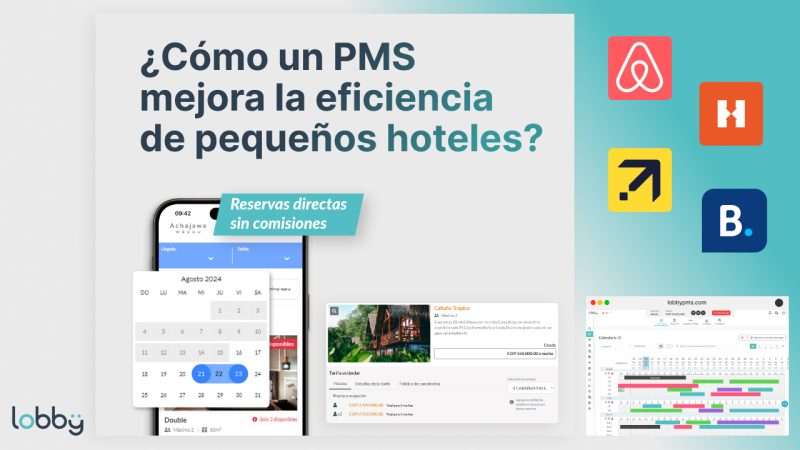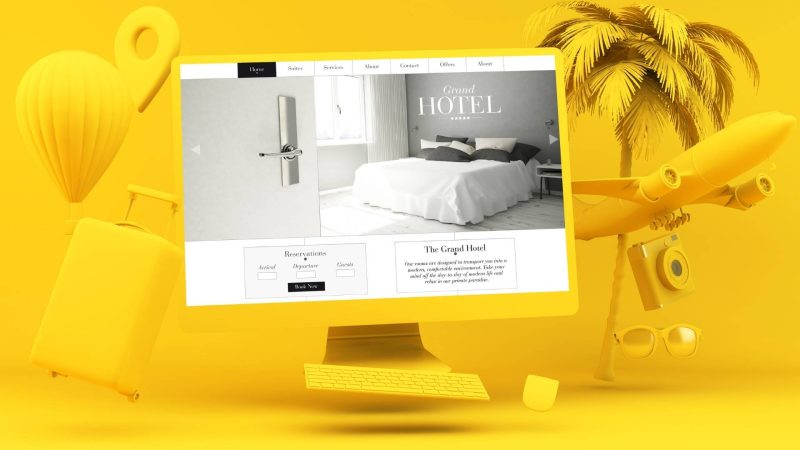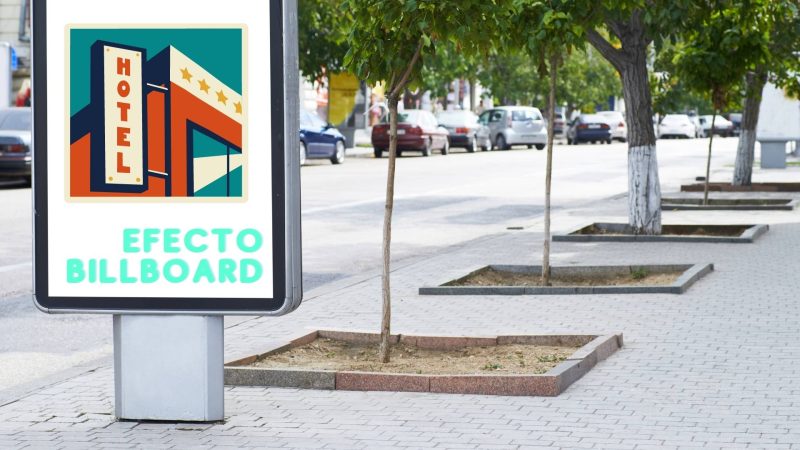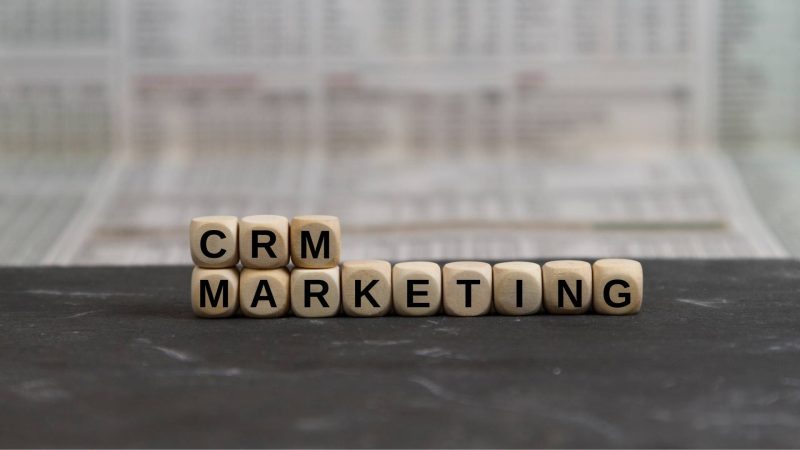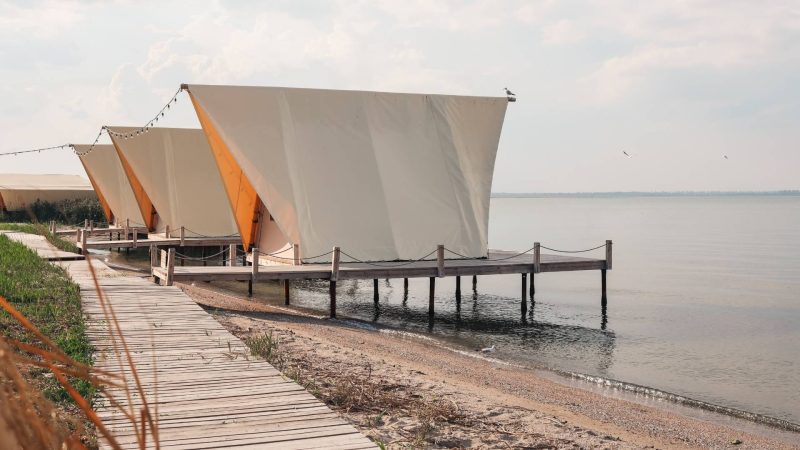Data is just numbers until it becomes information. Hotels need constant information to make business and operational decisions such as determining what Revenue should be for a hotel.
From a revenue management point of view we need information to help us forecast the future. A revenue forecast is essential for a hotel.
But no one has a crystal ball to know for sure how occupancy or the average rate will behave. But we can make our best attempt at a forecast based on historical data, among many other things.
The problem today is that, with the pandemic and reactivation of tourism, historical information cannot be taken as replicable data to the new reality, at least until tourism indicators are regulated over time.
Why is it important to forecast from revenue management?
Not only to have an estimate of hotel revenues or occupancy.
Forecasting is a tool that all hoteliers should use regardless of their size as it allows them to make important decisions. For example, how much staff they require on certain dates or if they need to hire extra temporary staff.
With a revenue forecast, a hotel could determine that it needs to leave a wing or an entire floor of the building unbooked to save on electricity, cleaning and other costs. Or, if high occupancy is expected, raise the rate and manage restrictions for the last rooms to be sold.
Without a forecast, we are maneuvering a drifting ship in a sea that could have tidal complications, storms and other disasters that we could not anticipate in time.
Without a forecast we fall into the hands of the market and give pricing power to customers, competitors and intermediaries such as OTAs.
Our task as hoteliers is to understand how to increase a hotel’s revenue by making use of the data at our fingertips and seeking information to give greater certainty to our forecast.
How do you usually make a revenue forecast for a hotel?

There are many ways to develop a revenue forecast for a hotel. We must start from the characteristics of the hotel such as its location, seasonality, dependence on certain types of business (tourists, corporate, groups, etc.) and then decide which are the variables that most affect demand (which is what we finally want to forecast), here is a list of some of them:
Historical hotel sales information:
What happened in previous years can definitely happen again. For example, important dates of the year with higher flow of guests, vacation months of the majority segment, among others. This information is usually stored in the hotel’ s PMS or Hotel Software.
Current information in books:
It is important to have registered information in our hotel reservation system about all the reservations that the hotel currently has for future dates.
The simplest way is to have a PMS for small, medium or large hotels. It gives us information about our guests and their booking behavior, from the reservation and welcome at the front desk to the stay itself. And it allows us to use this data as part of the analysis for forecasting.
For example, knowing how far in advance guests in a certain segment booked will help us to know how fast those guests tend to book as their stay date approaches.
Information on market trends:
The hotel is not isolated from the world, it is part of an ecosystem where it has a micro-environment. This is composed of its competitors, customers, suppliers and sales channels. It is therefore important to review what is happening in this micro-environment. For example, changes in the occupancy of competitors or trends in traveler behavior that influence the way a reservation is made.
Groups and events that provide volume bookings:
In addition to being aware of holiday dates in the calendar, especially if you receive national guests, it is relevant to seek information on small, medium and large events with the potential to generate customer demand for the hotel.
These groups of people can represent anything from a few nights booked to a large volume of bookings generated. This is a variable that causes us to make revenue management decisions. All this information should generate rate and availability adjustments in our online reservation system.
A constant look at the competition:
This should be one of the most frequent and recommended practices for all hoteliers.
Having a daily look at the competitors’ rates helps to review our positioning on a constant basis. Before that, it is important to choose very well our primary and secondary competitive set.
Why is historical data now not as useful for revenue management forecasting?
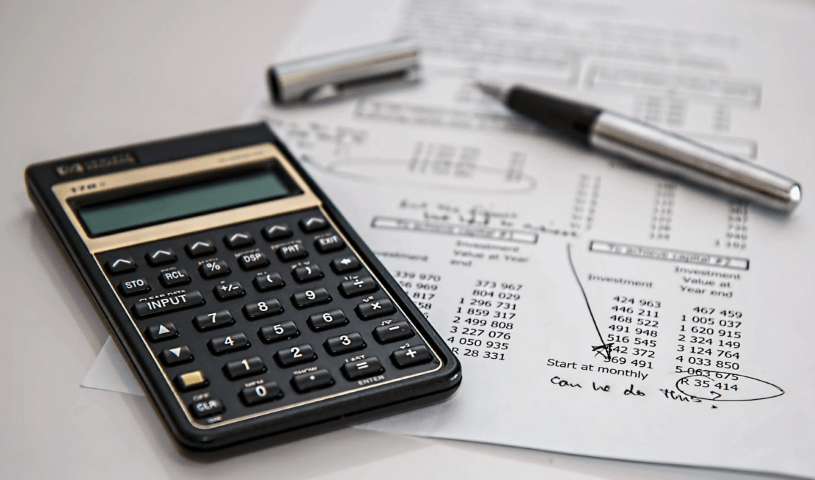
As described above, historical occupancy, rate and demand data from past years are often used as part of the variables for forecasting room reservation revenues.
Given the global situation of the pandemic, the behavior of this year and probably of the following 2 to 3 years will have no relation or comparison with historical data. We are at a time in history when many hotel companies are creating new data, new trends. We are in a time where travel behavior is in the midst of change.
But the time will come when historical data will again be used with the importance it had before the pandemic once the recovery of tourism and demand stabilizes.
Therefore, it is essential that within the different types of hotel reservation systems you choose the most ideal hotel systems for reception that will allow you to store all these new data of the new travel behavior in a correct way, it is a time of change and we want to be on the right side, don’t we?
How can I make a revenue management forecast from now on?

Many of the variables that we saw in this article will remain in place to work a forecast, historical data need to be put aside for a while. One of the most recommended methodologies is the creation of scenarios.
A scenario is a situation of risk and uncertainty about the future that allows us to plan actions for the present.
It is usual to have positive, intermediate and negative scenarios. And, in this way, to elaborate action plans that adjust to the situation in any of these three scenarios.
Each hotel needs to choose a series of variables to take into account that will allow it to know what to expect in the future. For example, if a hotel is highly dependent on air connectivity then the opening of flights is a key variable to take into account.
variables that we could use for our scenario building:
- Occupancy percentage, where we can review the rate of improvement or deterioration of dormant reserves. An increase in the rate will be one of the indicators of occupancy acceleration.
- Booking cancellations, like the occupancy rate, cancellations help us understand the market trend.
- Evolution of infections, here we also want to review the rate of increase or decrease of daily cases.
- Number of air flights or air connectivity, especially if the opening of commercial flights is very relevant for your hotel. An alternative may also be the opening of land connectivity.
- Opening of key destinations, it could be a historical monument or an attraction that you know always generates high demand.
- Hotel search trend, helps us to see how part of the booking intent is behaving from the information search step.
Note that to build the scenarios you need to assign a level of importance to each variable, depending on which variables are important to the hotel.
The best advice we can give you is to invest in the right technology so that all this reservation data is correctly recorded.
Lobby PMS is the technological tool that will help you centralize not only the reservations, but also keep track of all the data that will help you make a forecast for your revenue management strategy.
